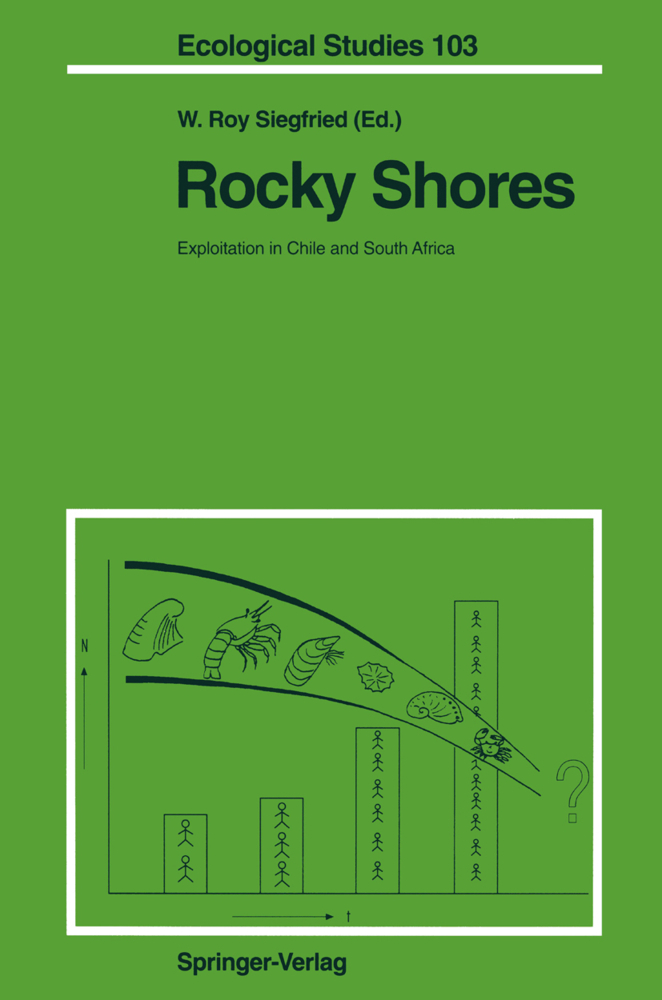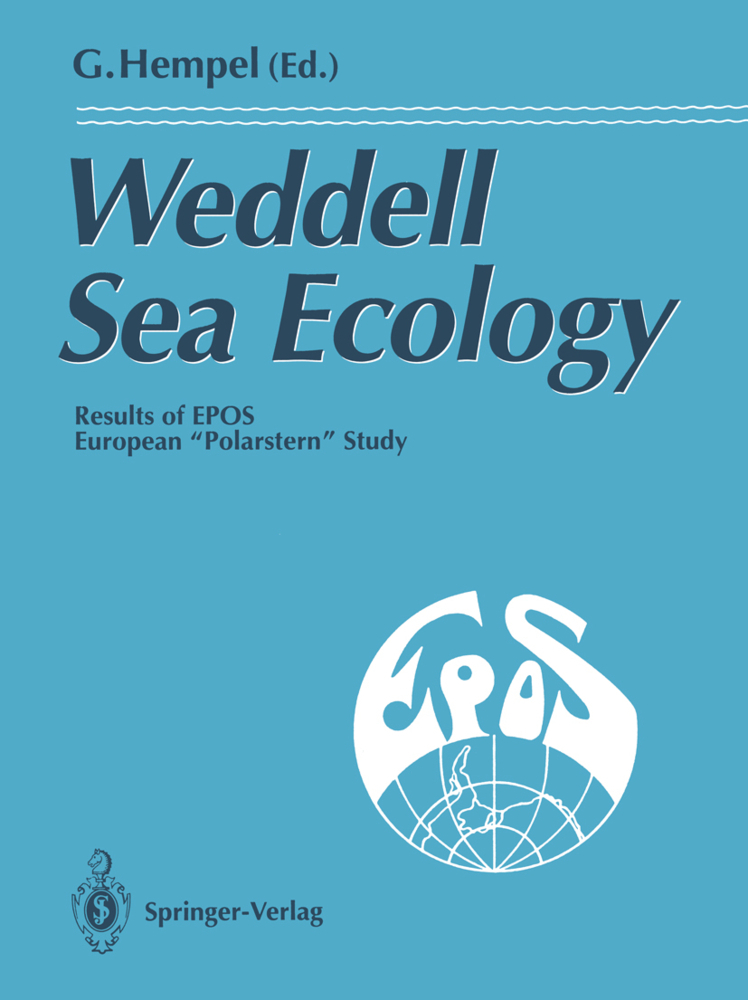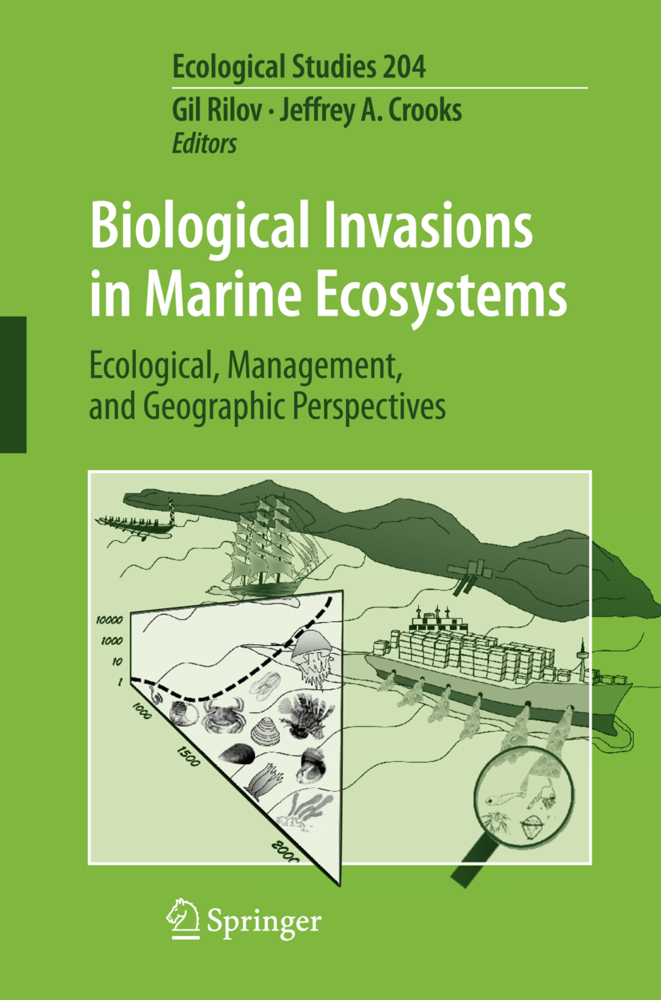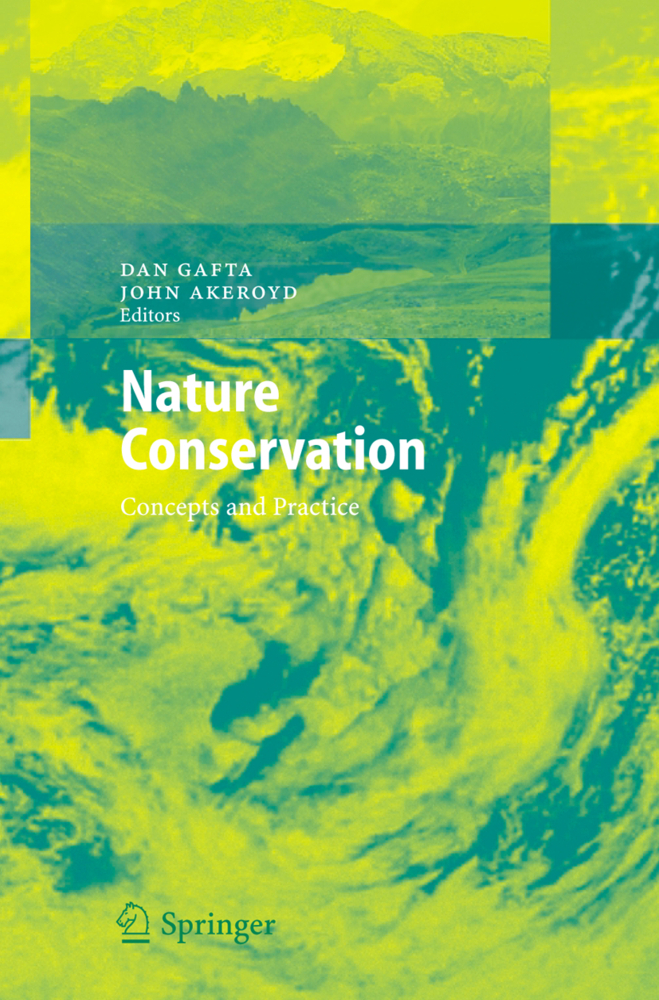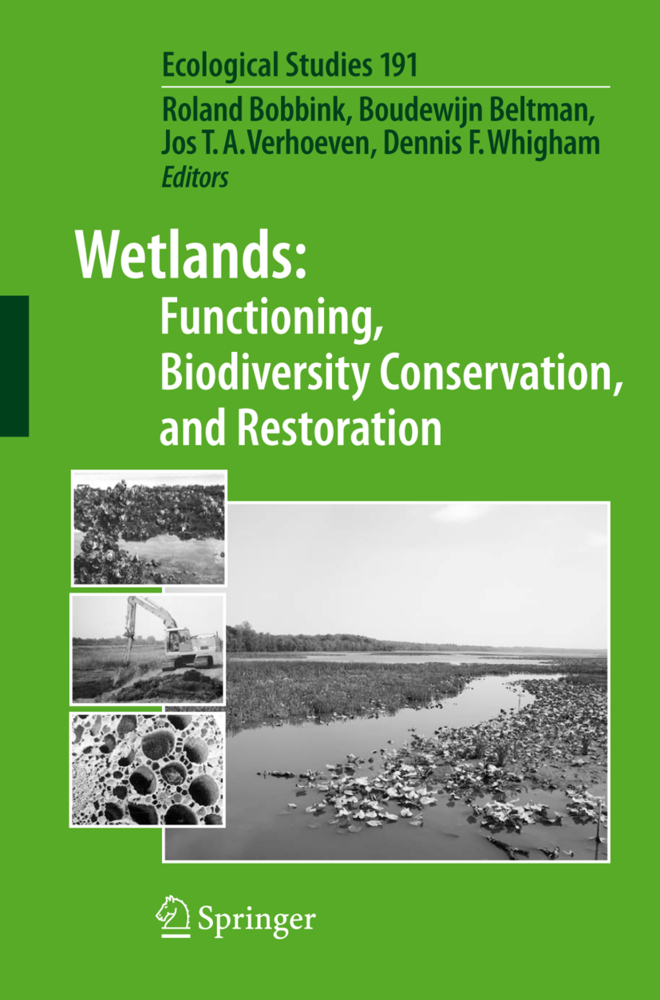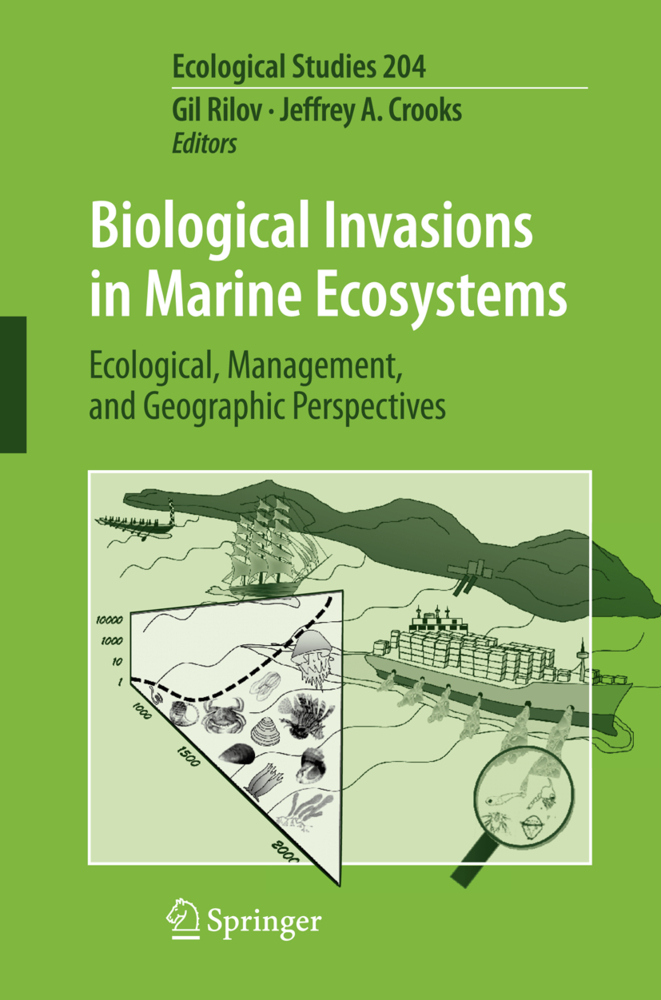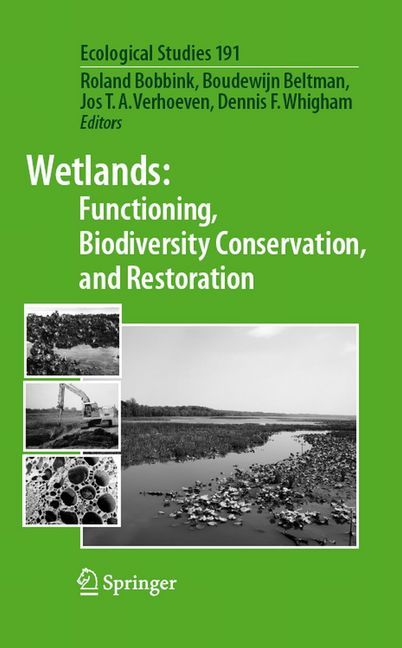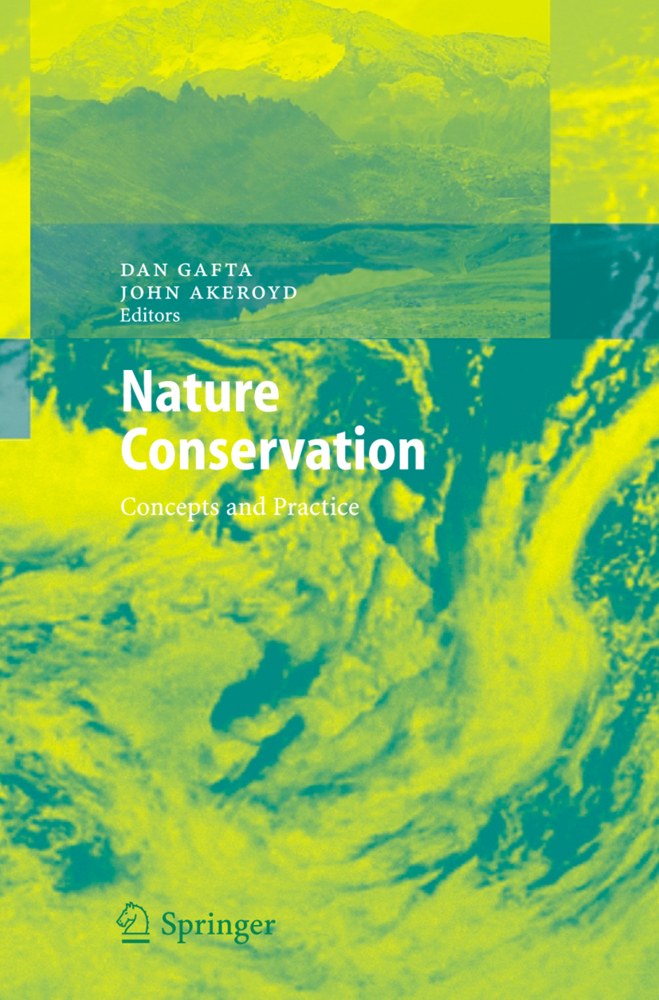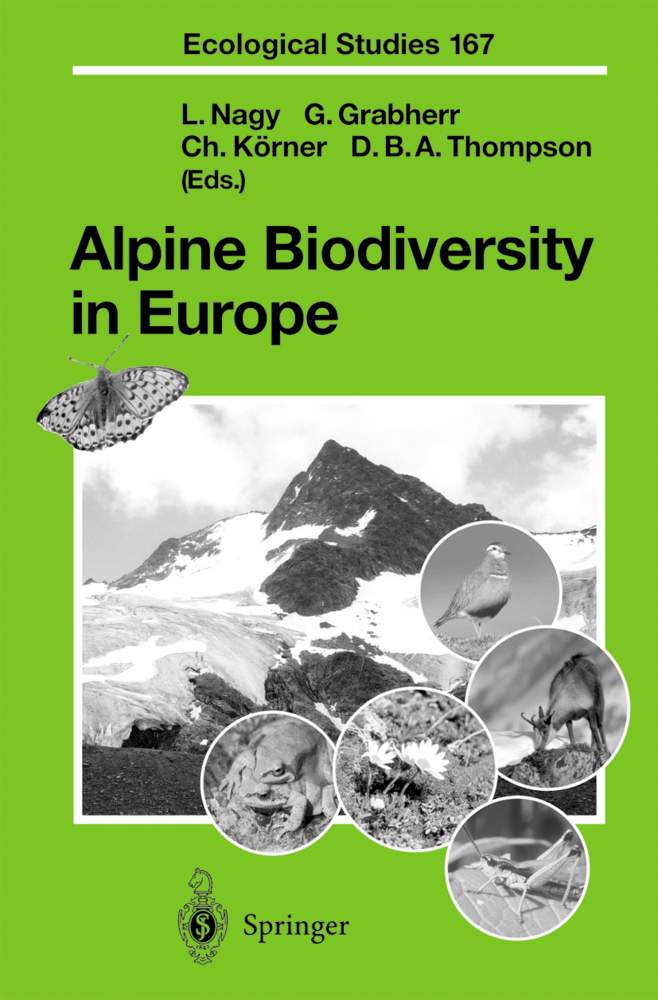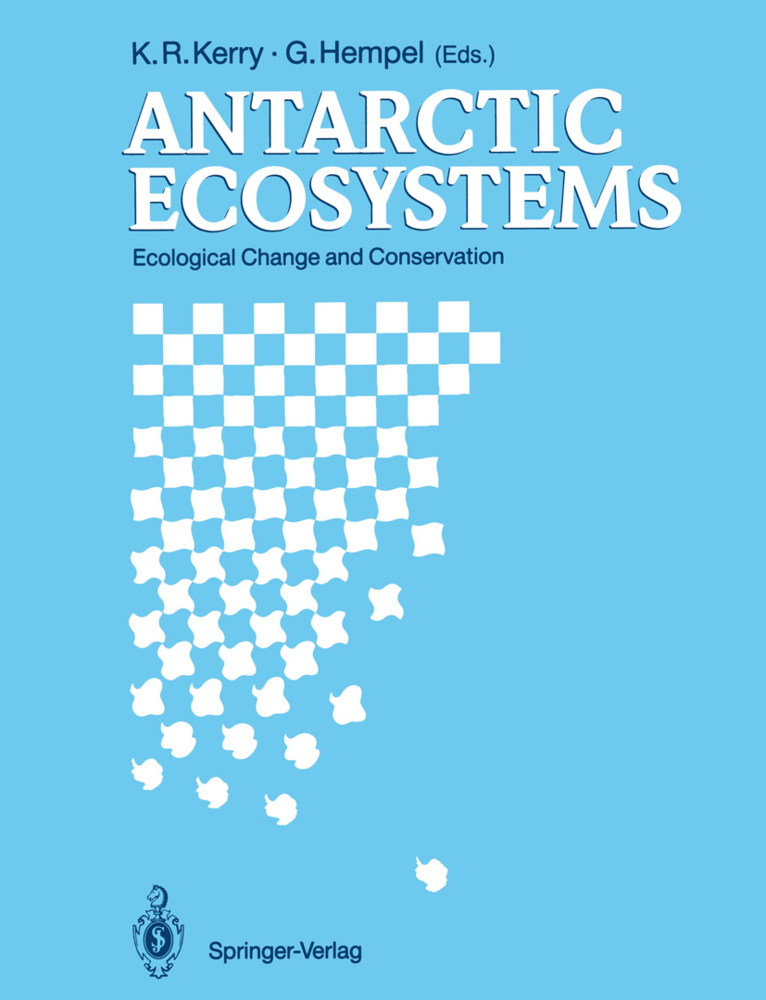Rocky Shores: Exploitation in Chile and South Africa
Rocky Shores: Exploitation in Chile and South Africa
It seems almost trite to introduce this book by saying that man has been exploiting the intertidal zone for food for a long time. Just how long nobody knows for sure but the prehistoric inhabitants of Terra Amata, on the Mediterranean coast near Nice, ate marine intertidal animals at least 300 000 years ago. Similar impressive evidence, going back to at least 100000 years, exists for prehistoric man's consumption of intertidal animals along the South African coast. However, early man's dependence on intertidal resources probably goes back much further in time. During the last 2 million or so years temperate Eurasia experienced some 20 glaciations interspersed by warm equable periods. Different modes of life were open to man in colonizing the northern temperate zone. One was to become a "big-game" hunter, specializing, for example, on mammoths, the other to exploit marine intertidal resources. Of the two, probably the shoreline offered an easier environment for an original scavenging food-gatherer.
1.2 Prehistorical and Historical Exploitation
1.3 Scope of Modern Exploitation
References
2 Man as a Component of the Littoral Predator Spectrum: A Conceptual Overview
2.1 Introduction
2.2 Stability and Equilibria in Natural Systems
2.3 Co-evolution, Adaptation and Exaptation as Variables in Intertidal Predator-Prey Interactions
2.4 Characteristics of Human Predation in the Intertidal Zone
2.5 Consequences of Human Predation in the Intertidal Zone
2.6 Conclusions
References
3 Seaweeds as Resources
3.1 Introduction
3.2 The Nature and Historical Development of Seaweed Industries
3.3 Ecological Effects of Seaweed Removal
3.4 General Patterns
References
4 Intertidal and Subtidal Filter-Feeders in Southern Africa
4.1 Introduction
4.2 The Principal Filter-Feeders
References
5 Intertidal and Subtidal Grazers
5.1 Introduction
5.2 The History of Modern Exploitation
5.3 Target Species
5.4 Direct Effects of Human Exploitation on the Target Species
5.5 The Value of Reserves
5.6 Changes in Density, Size and Intrinsic Attributes of Grazers
5.7 Indirect Interspecific Effects of Exploitation
5.8 Ripple Effects and Multispecies Fisheries
5.9 Overall Comparisons Between South Africa and Chile
References
6 Exploitation of Two Critical Predators: The Gastropod Concholepas concholepas and the Rock Lobster Jasus lalandii
6.1 Introduction
6.2 Biology of the Loco
6.3 The Loco Fishery
6.4 Biology of the Rock Lobster
6.5 The Rock Lobster Fishery
6.6 The Effects of the Loco on Its Biotic Community
6.7 The Effects of the Rock Lobster on Its Biotic Community
6.8 ComparisonsBetween the Loco and the Rock Lobster
6.9 Alternative Stable States
References
7 Biological Options for the Management of the Exploitation of Intertidal and Subtidal Resources
7.1 Introduction
7.2 The Vulnerability of Different Species
7.3 Objectives of Management
7.4 Techniques for Management
7.5 Problems Attending Management Methods
7.6 Functions of Reserves
7.7 Selection Criteria for Reserves
References
8 Socio-Economic Options for the Management of the Exploitation of Intertidal and Subtidal Resources
8.1 Introduction
8.2 The Problem of Managing Intertidal Resources Through Legislation
8.3 Common-Property Exploitation in the Intertidal: A Certain Recipe for Disaster
8.4 From Common Property to Private Ownership: The Focus Shifts to Fewer Individuals
8.5 The Co-operative Option: Can Social Feedback Lead to Mutual Coercion and Self-Restraint?
8.6 Can a Co-operative Management Structure Lead to the Protection of Coastal Resources by Social Feedback?
8.7 Private Incentive in the Co-operative System
8.8 A Gentle Harvest
8.9 Coastal Marine Reserves
8.10 The Efficacy of Co-operatives
8.11 Conclusions
References
Index of Scientific Names
Locality Index.
1 The Exploitation of Intertidal and Subtidal Biotic Resources of Rocky Shores in Chile and South Africa - An Overview
1.1 Introduction1.2 Prehistorical and Historical Exploitation
1.3 Scope of Modern Exploitation
References
2 Man as a Component of the Littoral Predator Spectrum: A Conceptual Overview
2.1 Introduction
2.2 Stability and Equilibria in Natural Systems
2.3 Co-evolution, Adaptation and Exaptation as Variables in Intertidal Predator-Prey Interactions
2.4 Characteristics of Human Predation in the Intertidal Zone
2.5 Consequences of Human Predation in the Intertidal Zone
2.6 Conclusions
References
3 Seaweeds as Resources
3.1 Introduction
3.2 The Nature and Historical Development of Seaweed Industries
3.3 Ecological Effects of Seaweed Removal
3.4 General Patterns
References
4 Intertidal and Subtidal Filter-Feeders in Southern Africa
4.1 Introduction
4.2 The Principal Filter-Feeders
References
5 Intertidal and Subtidal Grazers
5.1 Introduction
5.2 The History of Modern Exploitation
5.3 Target Species
5.4 Direct Effects of Human Exploitation on the Target Species
5.5 The Value of Reserves
5.6 Changes in Density, Size and Intrinsic Attributes of Grazers
5.7 Indirect Interspecific Effects of Exploitation
5.8 Ripple Effects and Multispecies Fisheries
5.9 Overall Comparisons Between South Africa and Chile
References
6 Exploitation of Two Critical Predators: The Gastropod Concholepas concholepas and the Rock Lobster Jasus lalandii
6.1 Introduction
6.2 Biology of the Loco
6.3 The Loco Fishery
6.4 Biology of the Rock Lobster
6.5 The Rock Lobster Fishery
6.6 The Effects of the Loco on Its Biotic Community
6.7 The Effects of the Rock Lobster on Its Biotic Community
6.8 ComparisonsBetween the Loco and the Rock Lobster
6.9 Alternative Stable States
References
7 Biological Options for the Management of the Exploitation of Intertidal and Subtidal Resources
7.1 Introduction
7.2 The Vulnerability of Different Species
7.3 Objectives of Management
7.4 Techniques for Management
7.5 Problems Attending Management Methods
7.6 Functions of Reserves
7.7 Selection Criteria for Reserves
References
8 Socio-Economic Options for the Management of the Exploitation of Intertidal and Subtidal Resources
8.1 Introduction
8.2 The Problem of Managing Intertidal Resources Through Legislation
8.3 Common-Property Exploitation in the Intertidal: A Certain Recipe for Disaster
8.4 From Common Property to Private Ownership: The Focus Shifts to Fewer Individuals
8.5 The Co-operative Option: Can Social Feedback Lead to Mutual Coercion and Self-Restraint?
8.6 Can a Co-operative Management Structure Lead to the Protection of Coastal Resources by Social Feedback?
8.7 Private Incentive in the Co-operative System
8.8 A Gentle Harvest
8.9 Coastal Marine Reserves
8.10 The Efficacy of Co-operatives
8.11 Conclusions
References
Index of Scientific Names
Locality Index.
Siegfried, W. Roy
| ISBN | 978-3-642-78285-5 |
|---|---|
| Artikelnummer | 9783642782855 |
| Medientyp | Buch |
| Auflage | Softcover reprint of the original 1st ed. 1994 |
| Copyrightjahr | 2011 |
| Verlag | Springer, Berlin |
| Umfang | XI, 177 Seiten |
| Abbildungen | XI, 177 p. |
| Sprache | Englisch |

